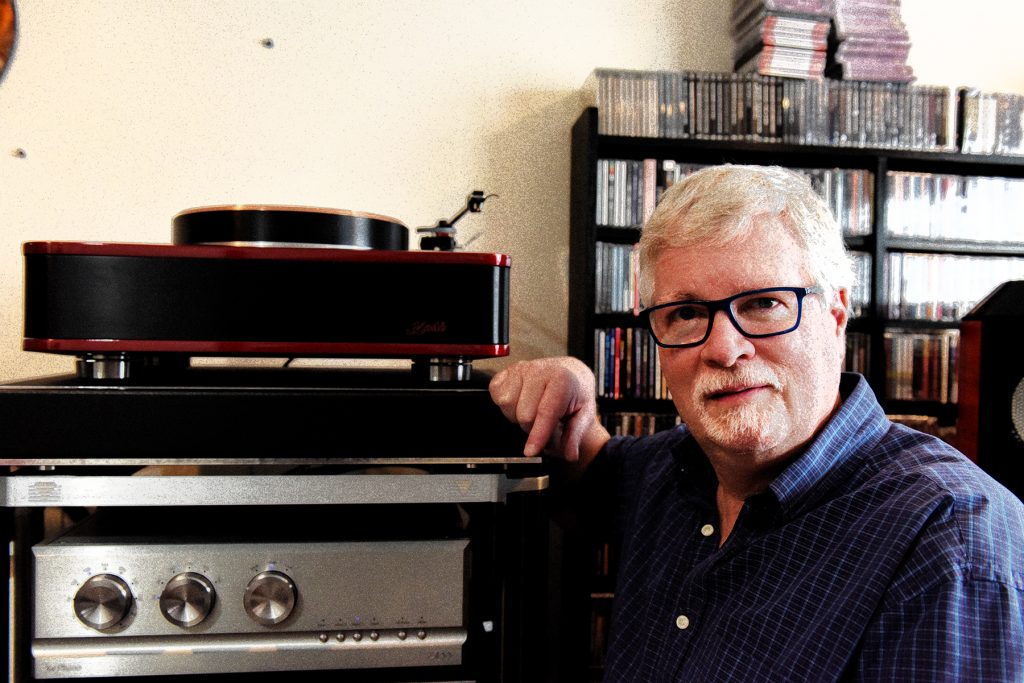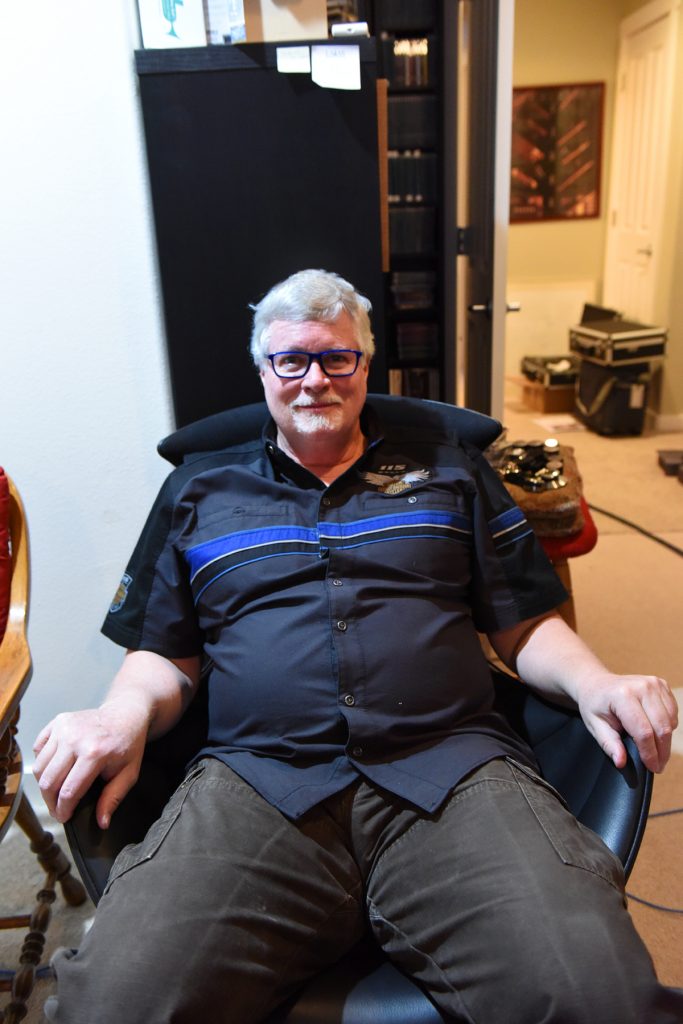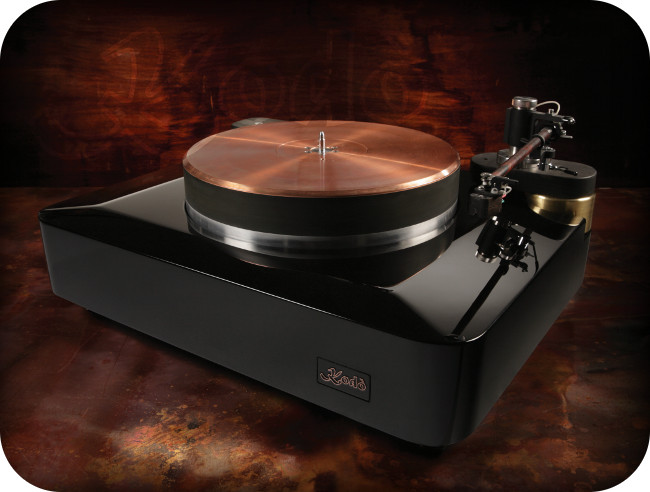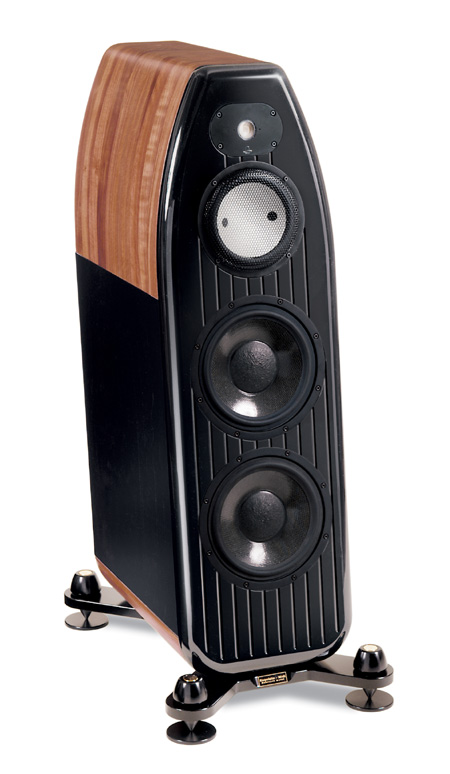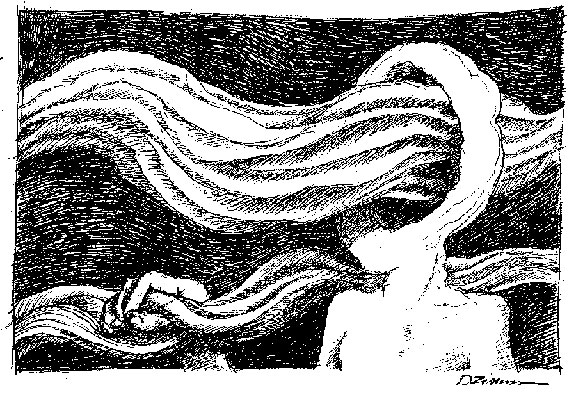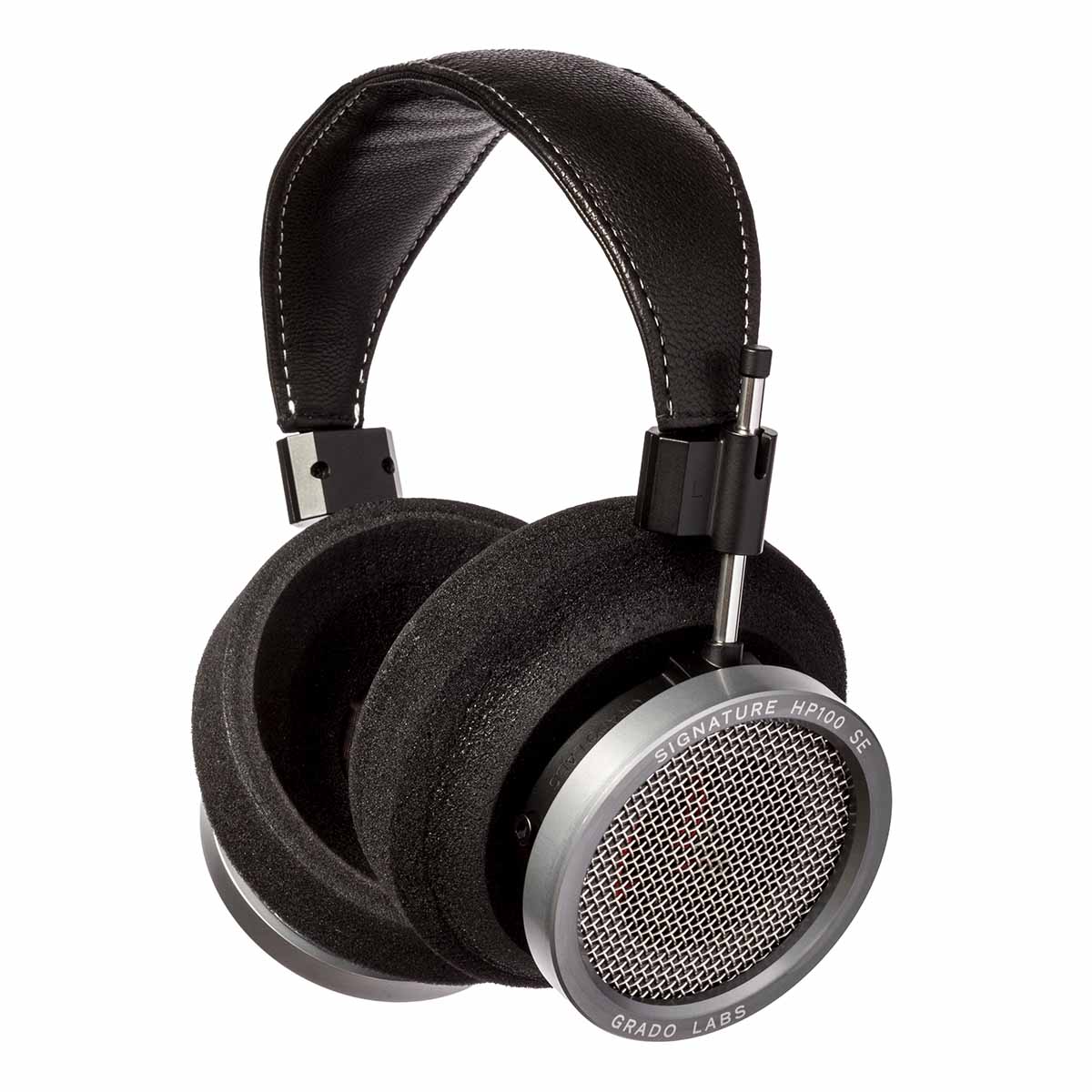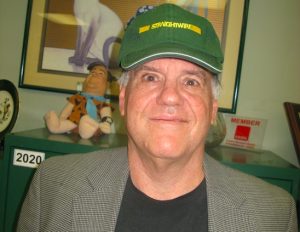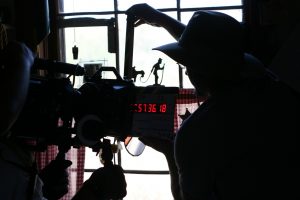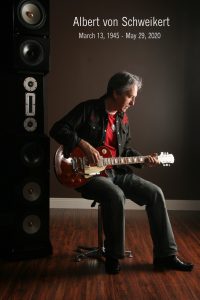Dr. David W. Robinson and Steve Dobbins
This sidebar article is by Steve Dobbins of Xact Audio, the designer of The Beat turntable that I've reviewed else in this issue. I asked Steve to provide the tale of how he ended up doing what he does in the wild world of turntables. He has generously sent along this brief summary of that path.
Dr. David W. Robinson, Ye Olde Editor
I had my very own record player when I was six years old. Later in life I thought that odd. I asked my parents and then it made sense. I kept bending or breaking their needles on the family console stereo. Smart!
Through the years I've always had vinyl in my life. Always have been fascinated with motors and music. Guess turntables were a logical step for me. I started to fall for the CD hype, at least for the car, but never invested heavily for the main rig. After graduating college, I rewarded myself with a new Technics Direct Drive and TimeFrame speakers. I was happy and enjoyed the occasional cartridge upgrade to keep me musically sated.
Then I started to hear some well-honed systems and caught the dreaded audio upgradeitis. I went to trade shows and lots of dealers around the country. Read everything I could, and ended up with a well-known German TT that set me back more than I had planned, by a lot. Writing that check hurt—but not as bad as what I heard. Platter speed stability was less than optimal. The sound was blurred. "Buy the power supply," the dealer said. They loaned me a power supply to try. That helped the stability, but also made the sound soft and laid back.
I was ready to get out of vinyl. Sad times.
Luckily, an engineer friend talked me off the cliff. He told me to buy a Garrard 301, and investigate a number different materials for a plinth. I sold the old turntable and kept my records. I studied for months on things like resonance, damping, resonance, resonate frequencies, more resonance, and then the resonance of zillions of different materials, and frictional generators like motors and platter bearings. My poor little brain was overwhelmed, but eventually things sank in. By now I had sold my hot rod restoration shop, so I had some time. I was busier than ever, testing combination after combination of materials to drain all of the excess energy/vibrations from the highly inefficient 301 motor. After a year, the mighty 301 was quiet as the best belt drives. But even more importantly, it sounded like real music. It taught me how important steady speed is to quality sound. It delivered the kick, slam, and finesse that I was looking for, and pulled me into the music. I was saved!
Friends apparently liked it and wanted one. Then their friends ordered one. I never intended to build turntables. It was a hobby run amok!
Then how to build an even better TT? The Technics SP10 MK3 seemed like a good candidate, and with the proper plinth and internal upgrades it was in some ways. It suffered with motor cogging in the stock configuration, so I invested time in more R&D and came up with some major internal changes. The dryness of the stock MK3 was 80% gone. Most of my customers preferred it to what they had owned. The problem was that the MK3 was hard to find, and it had a speed control chip that liked to go on vacation at the worst of times. The writing on the bathroom wall was clear: I needed a 100% new direct drive TT.
By now turntables were all I did. Every day, all day. Doing R&D on a new DD TT was going to eat a lot of time. I'll spare you most of the boring details, like buying dozens of vintage tables to learn what worked and what didn't. Again speed control was paramount, along with a dozen other criteria.
I will share an experience, though. Since the MK3 had about ten times the platter drive torque of the 301, I figured the new TT would have even more torque than the MK3. And, the MK3 had a platter that weighed about four times the 301's platter. So the new table should have a platter that weighed four times more than the MK3's platter. Turns out all of that "reasoning" was fantasy.
Platter weight needs to be carefully selected, given the motor torque. There is a correct motor-torque-to-platter-moment-of-inertia ratio. Too much torque gives a ragged sound, which is kinda' fun on some classic rock. Too much platter inertia/mass makes the music sluggish and laid back. Most of my test listeners preferred different platter weights for their tastes. The problem was solved by using an adjustable torque control inside the power supply. You want a softer, polished sound...we lower the torque. Want more drive and impact and don't care about some edginess, turn it up! We have found the best of both worlds can be had at about 65% torque for our motor. It all depends on your gear and listening tastes. The Beat can accommodate all.
The Kodo "The Beat" turntable by Steve Dobbins (image courtesy of Steve Dobbins/Xact Audio)
Getting rid of cogging was accomplished in several different ways. One was the stator design, and the other was the speed feedback system, which is unique. Instead of reading too slow or too fast and correcting after the fact, we read power current draw. This method is multiple times faster than the typical optical sensor feedback, and much smoother. Cogging is essentially nonexistent on The Beat.
Luckily, I knew the owner of a Rockport System 3 that would let me set my new TT up in his system and compare it with what he had. Every time I thought I had a breakthrough, off we would go and hear the benchmark System 3. It took more than a few trips to get my design where I wanted it to be. The last trip was to verify noise level of The Beat, as it was now called, compared to Andy's work of art. I thought my TT was quiet, but it wasn't as quiet as the System 3, so I went back to the drawing board. I couldn't get the motor any quieter, nor the bearing, so I designed a new platter of three different materials. With the new platter design, things were where I wanted them. The Beat turntable was ready for mass consumption.
A note about Dr. David W. Robinson's accompanying review of The Beat
For the record (so to speak!), The Beat that Dr. David reviewed in his article is my personal TT, and about four years old. It is actually a test bed for new ideas for the latest Beat SE. "SE" stands for "Stillpoints Edition." Dozens of Stillpoints technology pockets are used inside. All levels of the plinth are isolated from all the others. That means the motor has its own layer of unique material to dampen the motor frequencies. The armboards have their own isolated supports. The production version uses almost twice as many as Dr. David heard. The power supply has its circuit boards isolated with four Stillpoints each.
You get the idea, this is one serious TT.
All photographs and image processing by David W. Robinson, except as noted.




